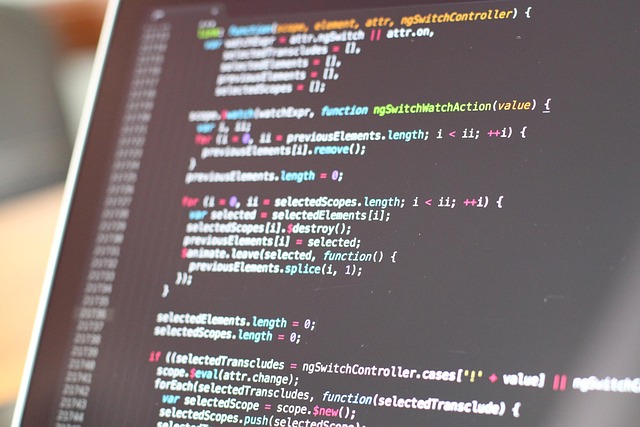
“Mastering Monitoring: Essential Coding Tips for Effective Software Analysis”
Mastering Monitoring: Essential Coding Tips for Effective Software Analysis
In the ever-evolving landscape of software development, the significance of monitoring cannot be overstated. As developers, we often find ourselves tangled in lines of code, somewhere between a bug fix and a feature enhancement, but having a robust monitoring strategy can make all the difference. It’s not just about writing code efficiently; it’s about understanding how that code operates in real-world scenarios.
Why Monitoring Matters
Imagine releasing your latest software update, only to discover that users are facing significant performance issues. Frustrating, right? Monitoring acts as a safety net, offering insights into system performance, user experience, and potential threats before they escalate into full-blown crises. When you embed monitoring from the start, you create a responsive and resilient application that can adapt and thrive under varying loads and conditions.
1. Implement Logging Wisely
Logging is the backbone of any effective monitoring strategy. Instead of sporadically dumping logs, develop a structured logging approach that focuses on:
- Log Levels: Use levels like DEBUG, INFO, WARN, ERROR, and FATAL to filter messages based on severity.
- Consistent Format: Ensure your logs have a uniform structure, making them easy to parse and analyze.
- Contextual Information: Always include contextual data—timestamps, user IDs, and transaction IDs—to make debugging easier.
2. Use Real-Time Monitoring Tools
The power of monitoring lies in its ability to provide real-time insights. Tools like Prometheus, Grafana, and New Relic can help you:
- Visualize performance metrics
- Set up alerts for irregular activities
- Analyze trends over time
Integrating these tools into your workflow offers an immediate pulse on your application’s health, allowing you to address issues proactively.
3. Focus on Key Performance Indicators (KPIs)
Your application has myriad metrics; however, pinpointing the right Key Performance Indicators is crucial. Start by identifying what matters most for your project:
- Response Times: Track how quickly your application responds to user requests.
- Error Rates: Monitor the frequency and types of errors occurring within your system.
- System Load: Evaluate how your application performs under various levels of demand.
By focusing on KPIs, you can streamline monitoring and ensure you’re looking at the most meaningful data.
4. Continuous Feedback Loop
Developing a culture of continuous feedback across your team not only enhances your monitoring practices but also cultivates a proactive mindset. Regularly review monitoring reports, discuss findings in team meetings, and adapt your development process based on insights gleaned from monitoring.
This iterative approach transforms monitoring from a static task into an ongoing dialogue, improving both code quality and user satisfaction with every release.
5. Embrace User Behavior Analytics
Understanding how users interact with your application can provide crucial context for your monitoring efforts. Employ analytics tools to gather data on user paths, including:
- Commonly used features
- Average session duration
- Points where users drop off
With this information, you can prioritize areas for improvement, devise better onboarding processes, and ensure that your application evolves according to user needs.
Final Thoughts
Effective monitoring is more than just a protective measure; it’s a pathway to understanding, improving, and innovating your software products. By mastering the tips outlined above, you will not only enhance your coding practices but also create software that resonates with users and stands the test of time. Embrace monitoring as a vital part of your development journey, and watch as it transforms your approach to coding and analysis.



